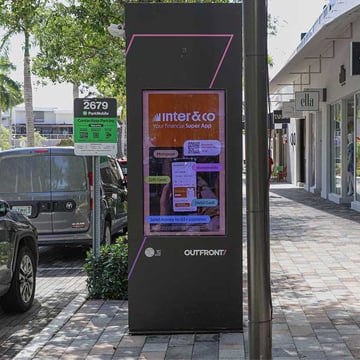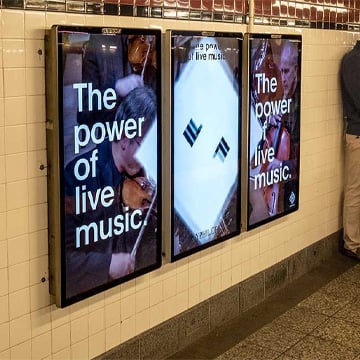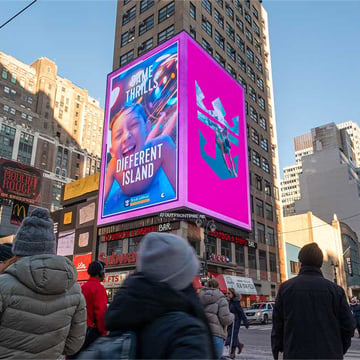
What Are the Top Out of Home Advertising Trends of 2025?
January 28, 2025
Welcome back to our deep dive into OUTFRONT’s 2025 Advertising Trends Report! We’ve already covered the first two sections, one exploring key trends shaping consumer behavior and attitudes and the other presenting a comprehensive view of the media landscape. This time, we’re turning the focus on out of home specifically in order to demonstrate why it’s the answer to the opportunities on the consumer side and the challenges elsewhere in the media world.
So please enjoy the top five 2025 out of home advertising trends or download the full report and get them all.
Out of home earns enough attention to significantly impact recall, consideration, and purchase intent.
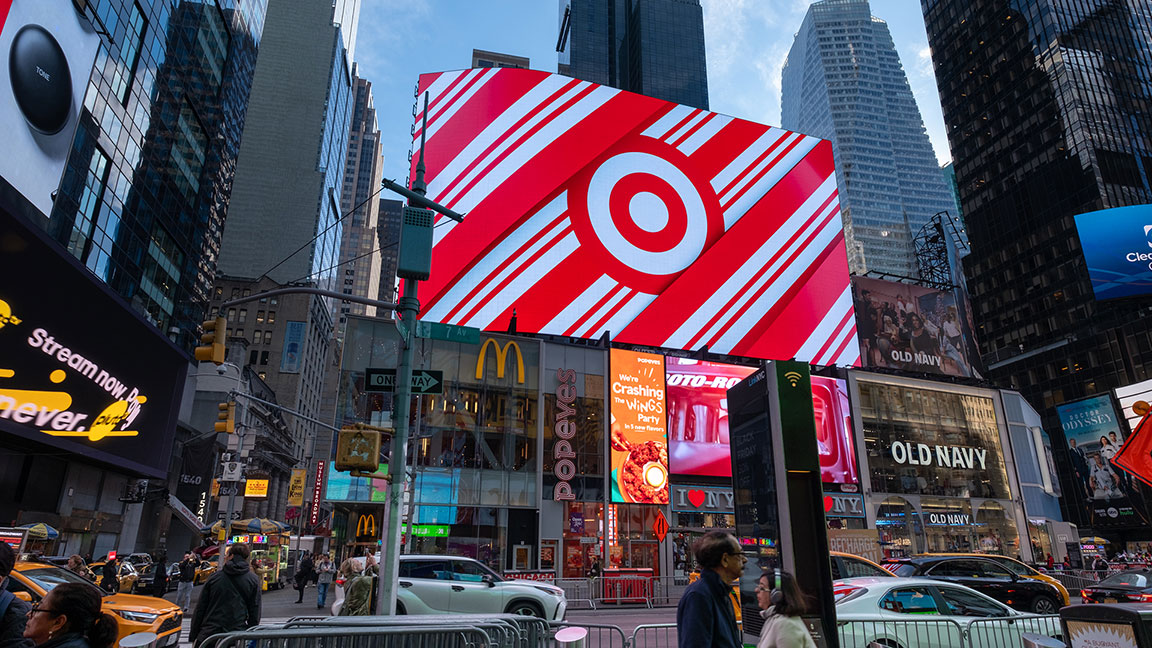
Out of home’s high attention levels translate to high-quality impressions that make their mark. Media platforms that can capture at least 2.5 seconds of attention are considered high-attention, as that’s the length of time it takes to imprint a long-term memory. But the effect of exposure doesn’t stop there. Purchase intent is impacted at the 8-second mark and consideration at nine.
The average out of home ad gets 12 seconds of eyes-on attention, with nine in ten OOH ads passing that crucial attention-memory threshold. This gives out of home a 5.9x advantage over digital when it comes to memorability.
(SOURCES: QMS/Amplified Intelligence, Equibity, Teads/Lumen)
Digital out of home gets even more attention, neuro response, and activation.
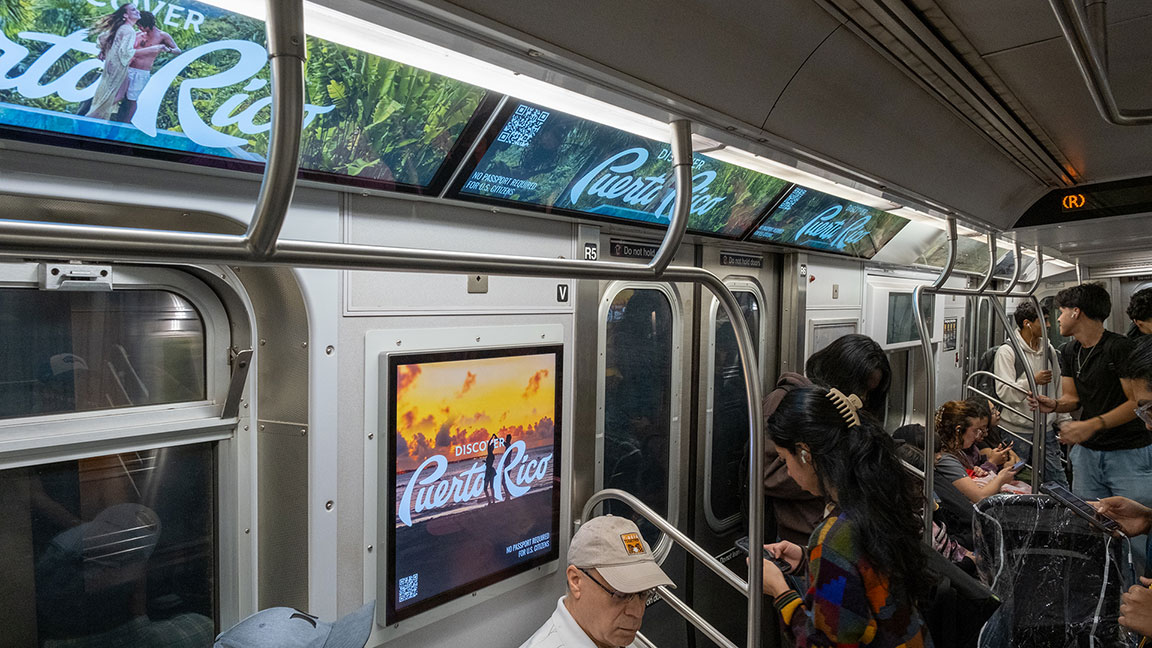
Out of home commands consumers’ attention now more than ever. While all OOH formats drive recall, digital out of home leads, driving 3.2x more neuro response and memory activity than traditional static formats.
Digital out of home also drives more activation, IRL and otherwise, than any other advertising medium. It’s easy to understand why DOOH is the number one, most-preferred advertising format of both marketers and consumers.
(SOURCES: The Harris Poll, YouGov, WOW Media/Neuro Insight)
Dynamic and spatial DOOH lift attention, engagement metrics.
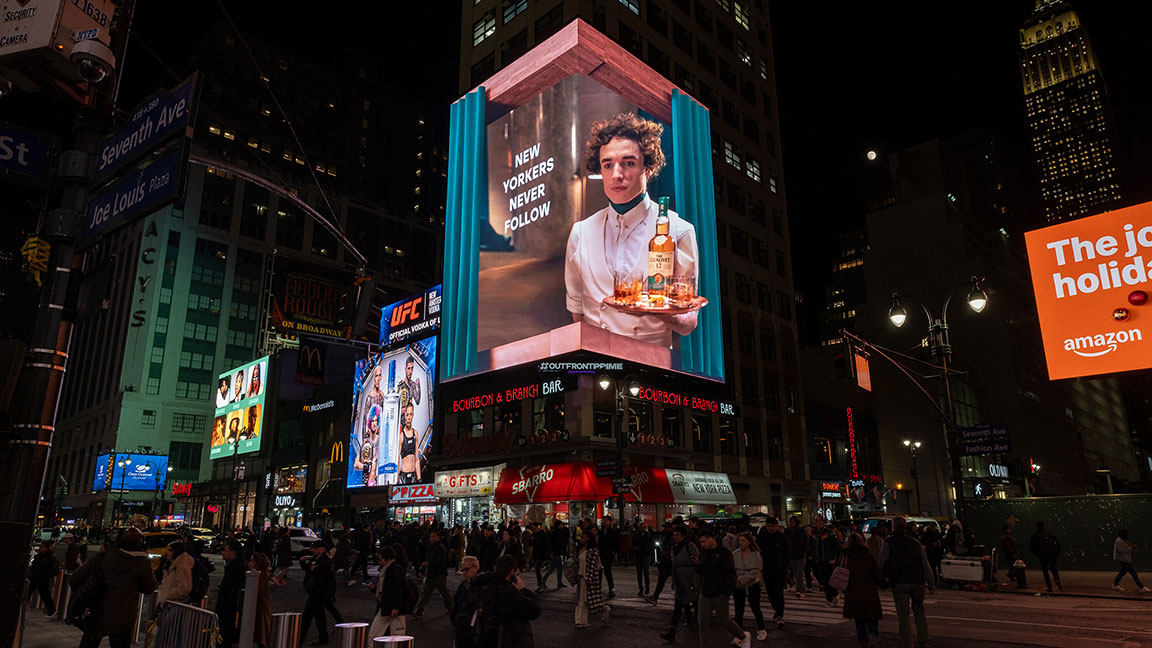
The high-tech superpowers of our XLabs team provide offer even more ways for advertisers to better connect with their audiences. Spatial OOH creative capabilities like our XScape tech – also known as 3D billboard creative – think outside the box in a literal sense, eventizing an ad impression and lifting perceptions as innovative, appealing, and premium.
Meanwhile, contextual relevance driven by dynamic digital creative can keep a campaign fresher longer while increasing dwell time, awareness, and sales. Our XPress platform simplifies the process of incorporating dynamic elements that make every impression more meaningful.
(SOURCES: QMS/Neuro-Insight, MFour, Opinium/Ocean Outdoor)
Social elements including influencers & iconic locations drive engagement, as does creative with something of value.
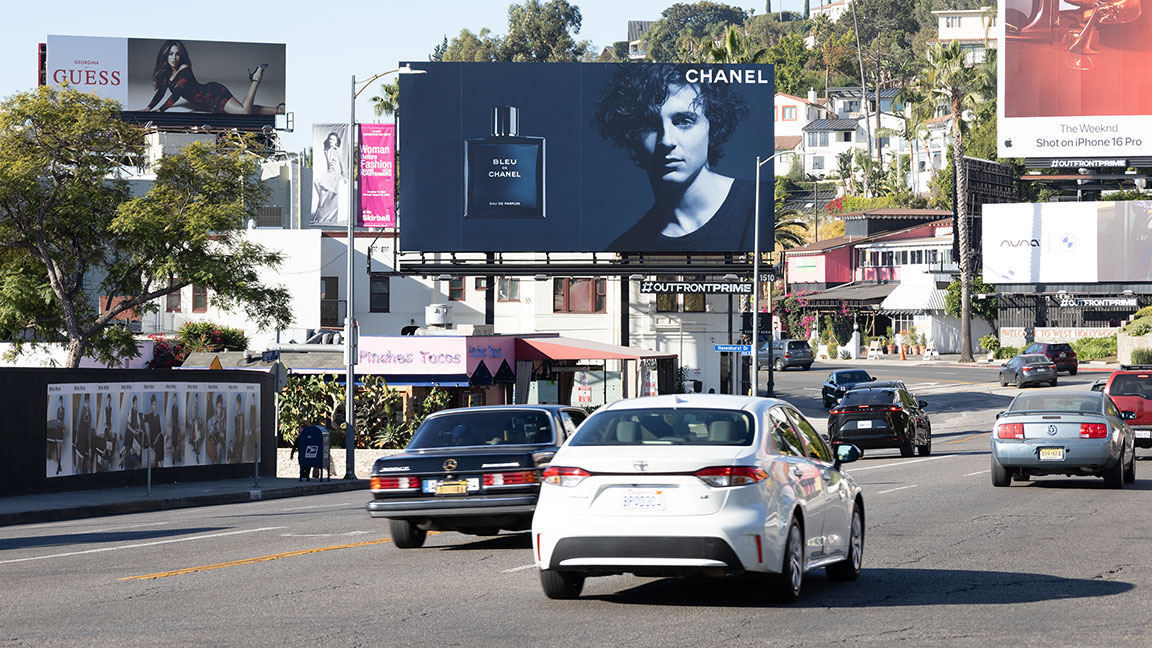
Out of home is especially potent because of its synergistic relationship with social media, what we call social out of home (#sOOH). That relationship is the focus of the latest research from The Harris Poll and OAAA, demonstrating that both influencer endorsements and ad placements in iconic locations like Times Square and the Sunset Strip enhance both brand metrics and rates of activation. For campaigns intended to inspire trust, influencers make a greater impact. For those intended to communicate prestige, location speaks louder.
But for campaigns where social, viral buzz is the endgame, entertainment is the likeliest reason a social media user would share an OOH ad, followed by knowledge, and special offers. One way or another, these ads offer something of value to their audience, which they can then offer to their audience as well.
(SOURCE: The Harris Poll/OAAA)
Traditional billboard formats support carbon emission reduction goals.
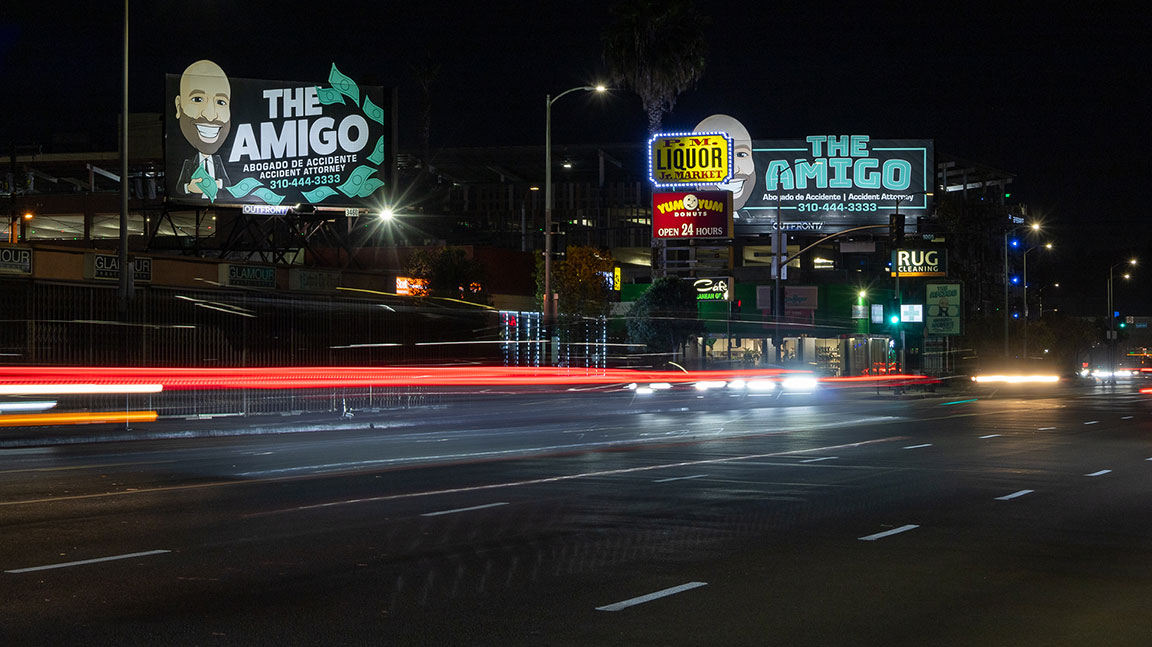
With sustainability a higher priority than ever, it’s not just product and operations people who have an opportunity to drive change in this critical area – nearly half of CMOs plan new initiatives to reduce their carbon emissions this year. And media buyers can do their part. That’s because adding traditional static billboards to the media mix can help reduce overall campaign carbon emissions. Classic billboard formats have a carbon-efficiency advantage of 188% over programmatic display, 246% over programmatic video, and 336% over programmatic CTV. As a one-to-many medium, OOH delivers more than just mass reach – it also lightens the environmental impact of achieving it.
(SOURCE: Dentsu, Billups/Cedara)
That’s it for the top 2025 trends in out of home advertising. If you haven’t already downloaded OUTFRONT’s full 2025 Advertising Trends Report, grab your copy here!
Author: Jay Fenster, Marketing Manager @ OUTFRONT
Links to third-party content are not endorsed by OUTFRONT Media. Past performance may not be indicative of future results. OUTFRONT does not guarantee specific results or outcomes.
